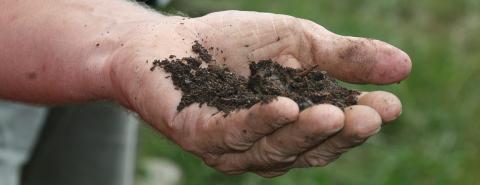The phrase “Non-Inversion Tillage” (NI) as used in this review first requires definition. Any system which does not seek to substantially invert the soil profile is regarded as NI. The mouldboard plough is widely used as the primary tillage tool and through the disturbance of the soil profile can be regarded as the antithesis of non-inversion tillage. For the purposes of this review literature that refers to minimum, conservation, and reduced tillage and also direct drilling techniques have been consulted these phrases are all non inversion approaches to cultivation. However there is a range of tillage equipment that can be used in a NI system and these would include discs, chisel ploughs (or cultivators), rotary tillers or machines that combine some of these elements within a single pass. These different pieces of tillage equipment have different attributes and benefits but no distinction is made between these different techniques.
NI has a number of perceived advantages over ploughing and several perceived disadvantages.
The advantages include:
• N nutrient losses are reduced
• Cheaper crop establishment through lower energy use
• Improved Soil Organic Matter levels
• Sediment runoff and so P & K pollution is reduced
• Wind erosion is reduced
• Better soil structure more resilient to compaction
The perceived disadvantages include:
• Greater weed burdens
• Lower yields
• Lack of tilth for seed establishment with direct drilling
The advantages in terms of soil conservation and improvement have made NI a more relevant option in much of North and South America and Australia where, in areas, soil erosion is a significant problem.
In Europe and particularly the UK where soil losses are typically less severe and the cost of pollution from sediment and nutrient loss is not of immediate financial loss to the farmer the adoption of NI has been less and the more traditional approach to cultivation of ploughing has remained dominant.
The objective of this literature review is to ascertain the likely benefits and possible challenges inherent in moving away from inversion tillage.
Download the full review below.




